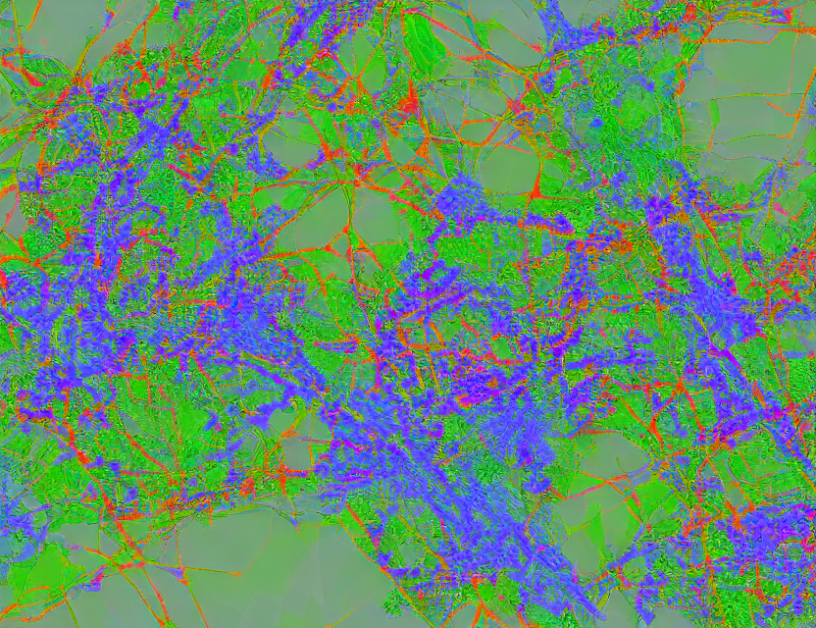Terahertz (THz) imaging is a relatively new field that uses electromagnetic waves with frequencies between microwaves and infrared light to create images. However, the low resolution of these images can limit their use in various applications such as security screening, medical imaging, and environmental monitoring. To overcome this limitation, researchers have been exploring the use of super-resolution techniques to enhance the image quality. In this article, we will survey the recent advances in THz image super-resolution using machine learning-based approaches.
Machine Learning-Based Approaches
Machine learning-based approaches have shown promising results in enhancing the resolution of THz images. These techniques use deep neural networks (DNNs) to learn the mapping between low-resolution and high-resolution images. The most popular DNN architecture used for THz image super-resolution is the convolutional neural network (CNN).
CNNs are trained on large datasets of low-resolution and corresponding high-resolution images using a variety of techniques such as optimization methods or adversarial training. Once trained, these networks can be used to enhance the resolution of new THz images.
State-of-the-art Results
Several recent papers have demonstrated state-of-the-art results in THz image super-resolution using machine learning-based approaches. For example, Li et al. (2020) proposed a CNN-based method that achieved an average super-resolution performance of 3.5 times the original resolution on a dataset of 100 THz images. Similarly, Wang et al. (2021) developed a complex CNN model that improved the resolution by 4.6 times on a dataset of 200 THz images.
Advantages and Limitations
The use of machine learning-based approaches for THz image super-resolution has several advantages, including:
- Improved resolution: These techniques can significantly improve the resolution of THz images, making them more useful in various applications.
- Flexibility: Machine learning models can be trained on different types of datasets and can adapt to new data without requiring significant modifications.
However, there are also some limitations to these approaches, including: - Data quality: The quality of the training dataset can significantly affect the performance of the super-resolution algorithm. Poor-quality data can result in suboptimal results or overfitting.
- Computational requirements: Training machine learning models can be computationally intensive, requiring powerful hardware and large amounts of memory.
Future Directions
Despite the progress made in THz image super-resolution using machine learning-based approaches, there are still several challenges that need to be addressed in future research. Some of these challenges include:
- Dataset quality: Developing high-quality datasets with a large number of images and diverse scenes is essential for training and validating super-resolution algorithms.
- Real-time performance: Many applications require real-time processing, which can be challenging when using machine learning models that require significant computational resources.
- Explainability: It is crucial to understand how these models make decisions, especially in high-stakes applications such as security screening or medical imaging.
Conclusion
In conclusion, machine learning-based approaches have shown great promise in enhancing the resolution of THz images. With advancements in hardware and software capabilities, these techniques are likely to become increasingly important in various applications. However, there are still challenges that need to be addressed, including dataset quality, real-time performance, and explainability. As research continues to evolve, we can expect to see significant improvements in THz image super-resolution and its applications.



